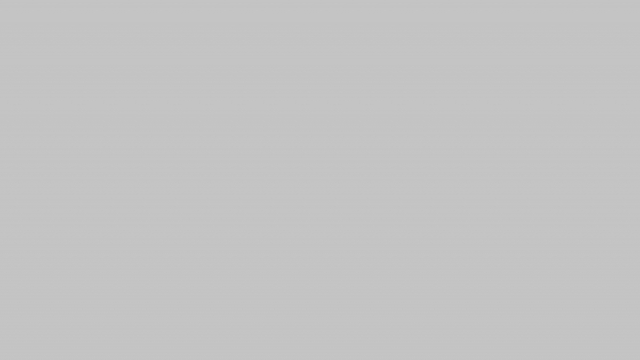To Peckham for my first art exhibition since lockdown has lifted. In truth, I wouldn’t have gone if the show weren’t being curated by a friend – but then I sometimes wonder if this applies to all gallery-goers: they’re so very convivial, the plastic arts – at least compared to the literary ones – in their mode of production (all those models and assistants), let alone their reception; that any given art ‘scene’ is as much a social one.
And then there’s Peckham: a liminal location – not quite outer suburb, or inner ghetto, it’s an area of South London that’s risen and fallen over the decades, responding to the ebb and flow of gentrification. The precursor of which is often the ‘colonisation’ of an area by artists who’re avant garde in this respect, if not any other. Back in the mid-1980s, Antony Gormley had his studio off Rye Lane, and even designed some distinctive bollards for nearby Bellenden Road, some of which do – pleasingly – look like bell ends.
My friend’s show, Fertile Spoon, was arguably the yin to this yang: bringing together contemporary painter Mary Stephenson’s work with that of the Surrealist Grace Pailthorpe, who qualified initially as a surgeon – but latterly as a psychiatrist and psychoanalyst (her training analyst was Freud’s first biographer, Ernest Jones), before exhibiting in the landmark International Surrealist Exhibition at the Burlington Galleries in 1936. These old-versus-new exhibitions have become something of a cliché for contemporary curators: usually presented as ‘creating a dialogue’ between respective oeuvres, they’re really an opportunity to simultaneously show stuff that’s been cluttering up the store room, and up the footfall by headlining a popular contemporary artist.
by Will Self
Read the full article here.

